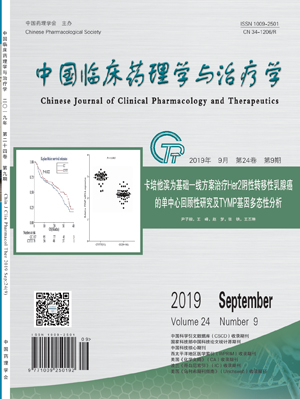AIM: To investigate the effects of Prunella vulgaris L. (PV) on Ang II-induced proliferation of VSMCs and the effect of Daxx/PTEN/NF-κB signaling pathway. METHODS: The VSMCs line was cultured, and the cell proliferation model was induced by Ang-II (1 μmol/L) in vitro. The MTT and BrdU methods were used to detect the effects of VSMCs activity and proliferation by different concentrations of PV (10, 20, 40, 80,160 μg/mL) for 24 h. Cell migration was observed by scratch method, and Daxx, PTEN and NF-κB protein expression was detected by Western blot. RESULTS:Compared with the control group, the viability and cell migration ability of VSMCs in the model group were significantly enhanced. At the same time, the expression of Daxx and PTEN protein was significantly decreased, and the NF-κB protein was significantly up-regulated.Compared with the model group, PV (20, 40, 80 μg/mL) significantly inhibited VSMCs viability and cell migration ability in a concentration-dependent manner, with the most significant concentration at 80 μg/mL.Meanwhile, the expression of Daxx and PTEN protein were significantly up-regulated and NF-κB protein was down-regulated in VSMCs treated by PV. CONCLUSION: PV can inhibit the proliferation and migration of VSMCs induced by Ang-II , and the mechanism may be associated with increasing expression of Daxx and PTEN, inhibiting expression of NF-κB.


